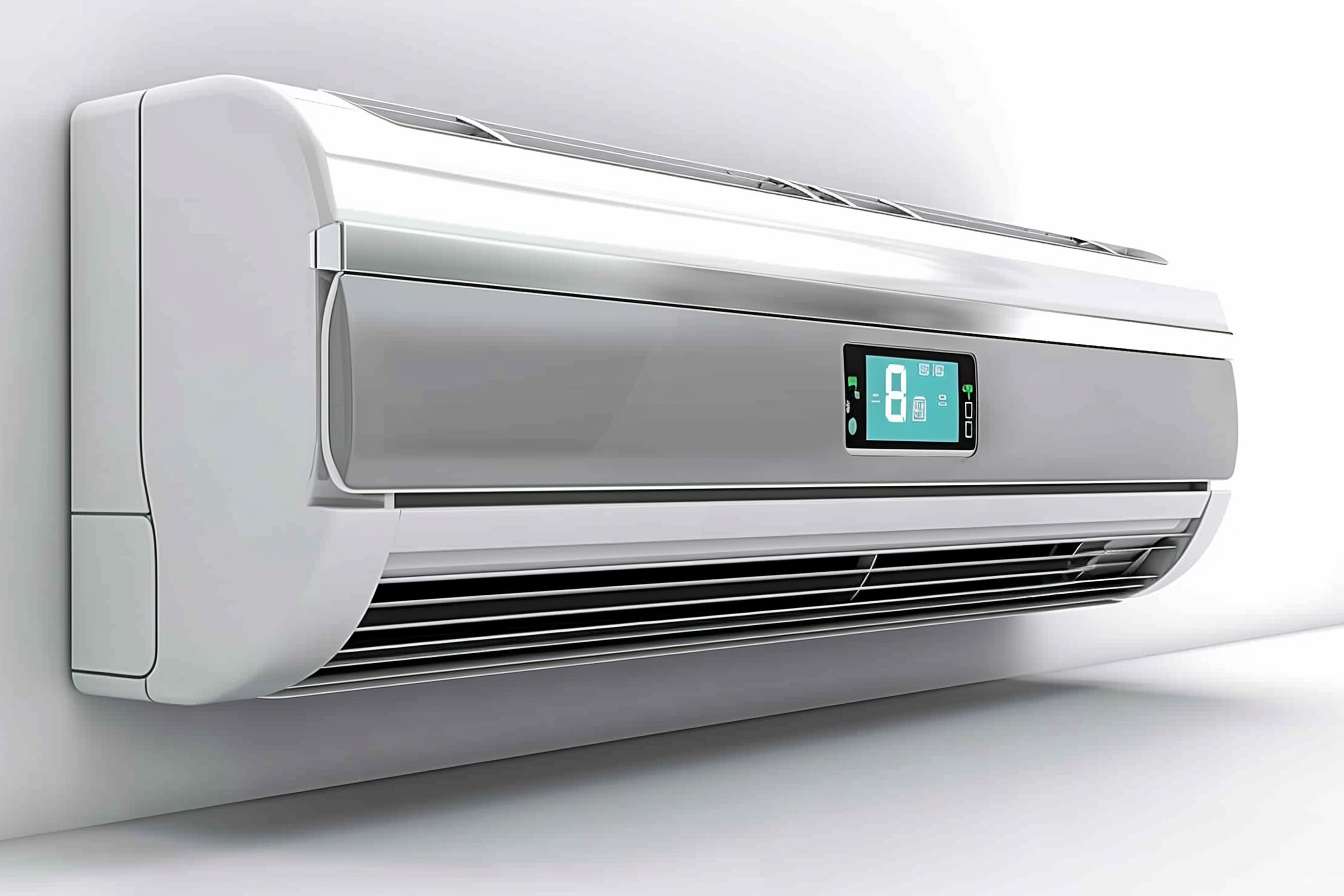Air Conditioner Installation Guide for Homeowners
A correctly executed air conditioner installation is one of the most effective improvements you can make to a home’s comfort, indoor air quality, and energy use. Beyond simply placing equipment, installation ties together load calculations, ductwork or line-set routing, electrical and refrigerant safety, and local code compliance. Understanding the steps and trade-offs helps homeowners make informed decisions and avoid common problems that lead to reduced efficiency or premature system failure.

What does an air conditioner installation involve?
A typical air conditioner installation includes removing an old unit (if applicable), siting the outdoor condenser, mounting and sealing indoor components, running refrigerant lines, wiring electrical connections, and commissioning the system so it cools correctly. Technicians verify refrigerant charge, airflow, and thermostat calibration. Proper drainage and condensation management are also confirmed to prevent moisture damage. Each of these tasks requires tools, training, and attention to local building codes.
The complexity varies by system type. A split-system installation (separate indoor air handler and outdoor condenser) requires a line set and sometimes duct modifications; a packaged unit or mini‑split has different routing and mounting needs. Professional installers follow manufacturer specifications to preserve warranties and meet safety standards.
When is professional installation necessary?
Professional installation is strongly recommended for most homeowners. Refrigerant handling, electrical work, brazing, and precise airflow balancing are specialized tasks governed by safety regulations and industry standards. Incorrect installation can decrease efficiency by 20–30% or cause early compressor failure. Licensed HVAC technicians carry the certifications, tools, and liability protections that ensure the installation meets code.
For smaller, self-contained window or portable units, homeowners may manage installation themselves following manufacturer instructions. However, for central air, ducted systems, or mini‑splits, engaging a qualified professional provides better long‑term performance and peace of mind.
How does installation fit into home improvement plans?
Installing or upgrading an air conditioner can be a strategic element of broader home improvement projects. When renovating an attic, adding insulation, or replacing windows, consider the HVAC capacity and distribution needs; changes in building envelope affect cooling loads. Integrating installation planning with other trades prevents rework and can optimize equipment placement for aesthetics and noise control.
Budgeting for an installation during a larger remodel may also reduce incremental costs: shared access, combined permitting, and coordinated scheduling can lower disruption. Documenting electrical panel capacity, duct layout, and insulation levels helps installers recommend appropriately sized equipment aligned with your home improvement goals.
Which cooling system suits my home?
Selecting the right cooling system depends on home size, existing ductwork, efficiency goals, and budget. Central split systems work well for homes with existing ductwork, while ductless mini‑splits offer flexible zoning for additions or homes without ducts. Heat pump technology provides efficient cooling and heating in moderate climates, while packaged units can be suitable for limited space scenarios.
A load calculation (Manual J) performed by a qualified technician determines capacity needs based on insulation, orientation, windows, and occupancy. Oversizing can cause short cycling and humidity issues, while undersizing won’t maintain comfort. Consider seasonal energy efficiency ratios (SEER) and compatibility with smart thermostats and ventilation upgrades.
How to work with HVAC professionals and local services?
Start by seeking licensed HVAC professionals in your area with positive reviews and verifiable references. Ask for multiple written estimates that detail equipment model, efficiency rating, scope of work, permitting, expected timelines, and warranty terms. Confirm that contractors will obtain necessary permits and provide post‑installation testing results like airflow and refrigerant charge verification.
Discuss maintenance plans and any training for your thermostat or zoned controls so you can maintain efficiency over time. Request documentation of installed system specifications and warranty registration. Working with reputable local services reduces the risk of code violations and helps ensure timely follow‑up if issues arise.
Conclusion
A successful air conditioner installation balances proper equipment selection, precise workmanship, and integration with your home’s layout and improvement plans. Prioritizing professional installation for complex systems, verifying sizing through a load calculation, and coordinating with trusted local services supports long‑term comfort, efficiency, and system longevity.






